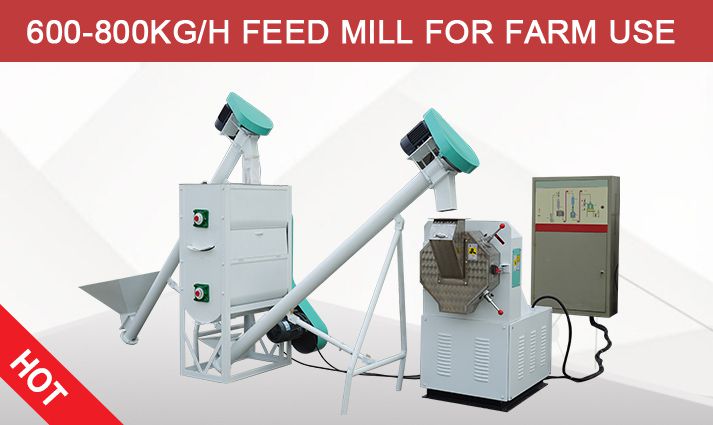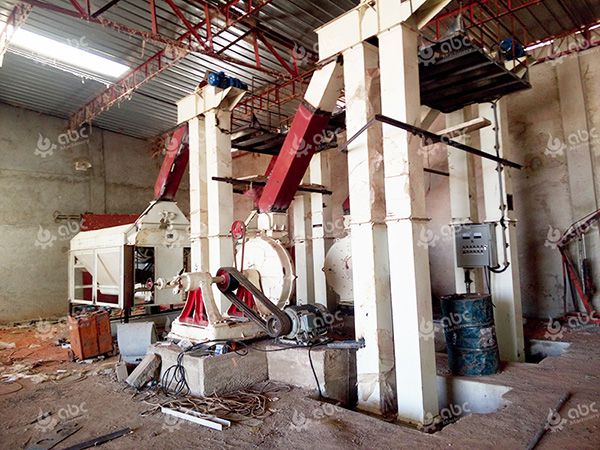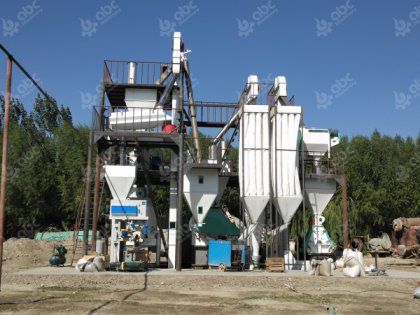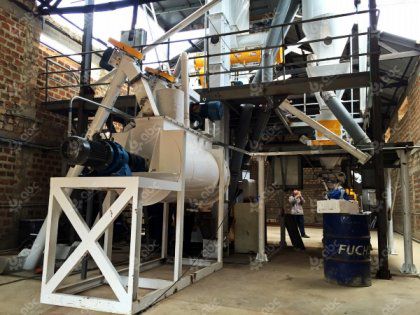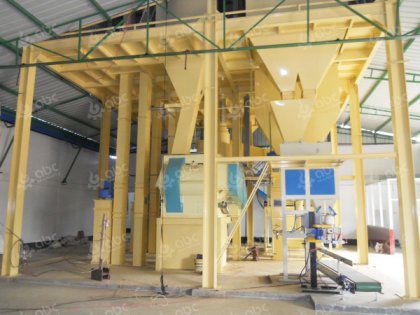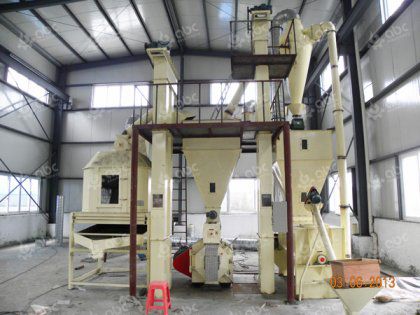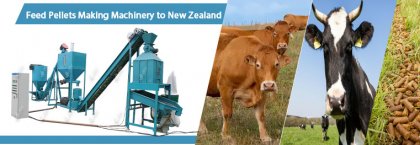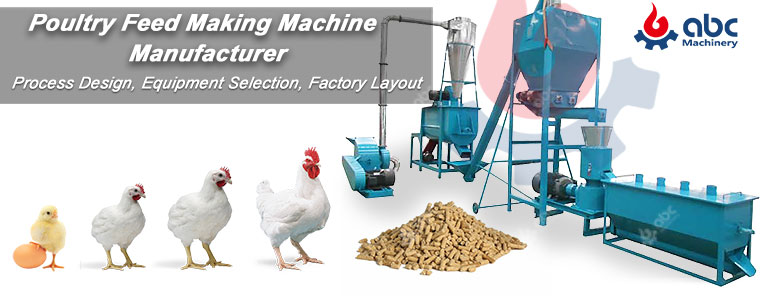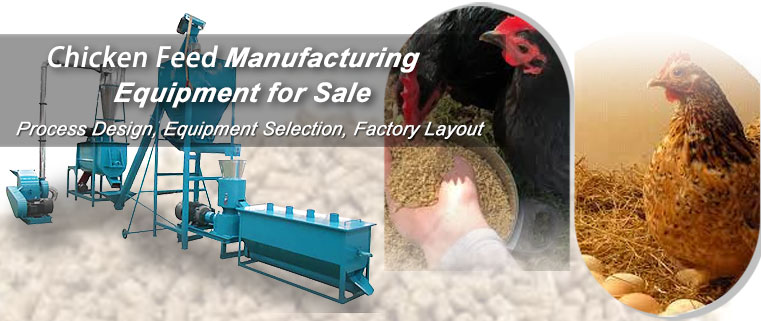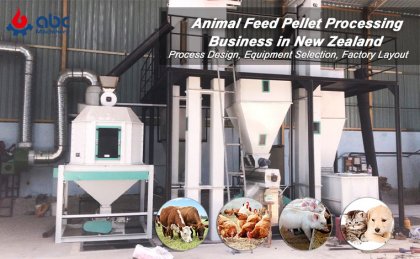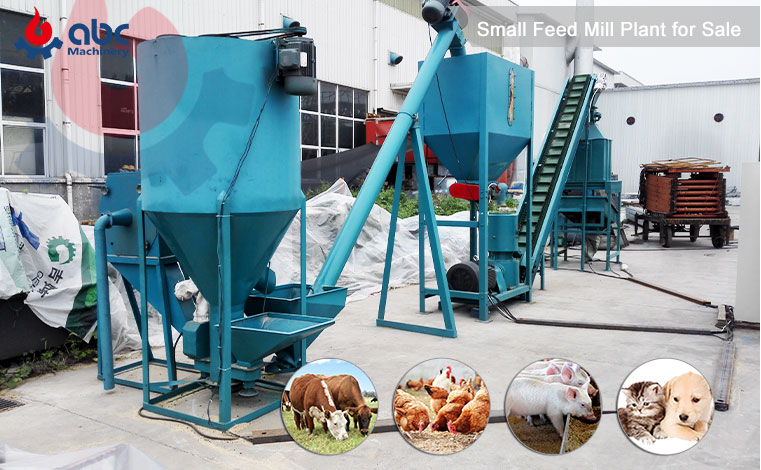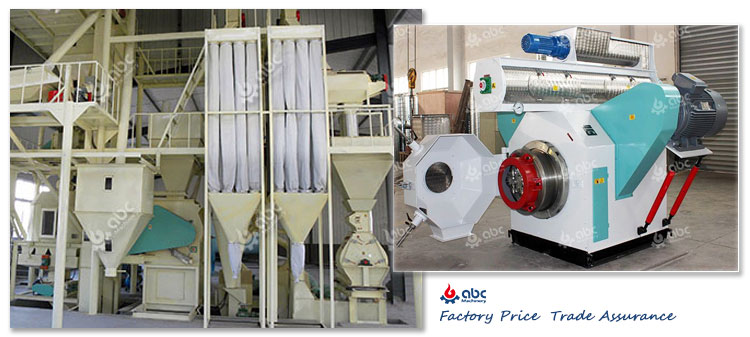Want to invest in a poultry feed pellet mill business but worry about miscalculating costs or wasting budget? As an investor, your top concerns are likely “how to control costs, choose the right scale, and avoid costly mistakes”—and grasping what really drives poultry feed mill costs keeps your budget where it should be.
If you’re planning to build a poultry feed pellet mill or start a poultry feed business, there’s no need to stress over cost calculations: Connect with ABC Machinery’s professional team. We’ll create a customized investment plan based on your budget and capacity needs, ensuring that every dollar you spend translates into long-term value, from equipment selection to plant layout, whether you are starting small or scaling up.
Poultry Feed Mill Investment Costs Analysis: Machines, Factory and Hidden Expenses
Poultry feed mill cost focuses on 3 core components:
- equipment selection
- plant layout
- supporting expenses
The proportion and focus of each area vary by your animal feed mill scale. Many new poultry farming investors stumble because they don’t know “which costs are necessary and which can be saved”. Below, we’ll walk through the three cost items and show you exactly where to spend and where to save:
Equipment Costs: Capacity-Matched, Cost-Effective Selection
Equipment is the core of poultry feed mill cost, accounting for nearly half of total investment in any poultry feed mill project. The right equipment isn’t about being the most expensive—it’s about “capacity matching.”
-
Core processing machines: feed crusher, mixer, pellet mill, cooler, crumbler, screener, packing system.
-
Auxiliary equipment: conveyors, elevators, silos, dust collectors, weighing systems.
-
Automation level: manual vs. semi-automatic vs. fully automatic control systems.
-
Capacity configuration: small-scale (1–2 TPH), medium (5–10 TPH), large-scale (20+ TPH).
Plus, multifunctional machines that process various feed types (e.g., broiler, layer, mash, or pellets) help you diversify your product line without new purchases. Energy-efficient designs also reduce long-term electricity costs—a frequently overlooked saving.
To pick feed making machinery that aligns with your capacity, feed type, and budget, check out our guide: how to pick poultry feed manufacturing machins — it ensures that your investment matches both your current and future market demand.
Factory Design Costs: Demand-Driven Planning to Avoid Redundancy
Feed proudction plant-related costs typically make up 25–30% of your total poultry feed mill investment. Resist the idea that “bigger is better.” Smart design beats excessive size every time.
-
Production line design: raw material receiving, grinding, batching, mixing, pelleting, cooling, packaging.
-
Building construction: workshop size, height requirements for machinery, steel structure vs. concrete.
-
Material flow efficiency: minimizing handling, reducing cross-contamination risk.
-
Space allocation: storage silos, raw material warehouse, finished feed storage, office & utilities.
Pro Tip: Choose a location close to raw material sources or transport hubs to cut long-term logistics expenses.
If you’re targeting 1-30TPH capacity, our Factory Layout Design: 1-30TPH Chicken Feed Pellet Project offers tailored blueprints that maximize efficiency for this popular scale range.
Supporting Costs: Don’t Overlook “Hidden Expenses”
Beyond machinery and layout, investors should not overlook the supporting expenses that ensure smooth plant operation.
-
1.Installation & commissioning: equipment setup, trial runs, staff training.
-
2.Utilities: electricity, water supply, compressed air, boiler (if steam conditioning is needed).
-
3.Labor & operation: skilled operators, maintenance team, management.
-
4.Maintenance & spare parts: wear parts for pellet mill, crusher hammers, screens.
-
5.Logistics & compliance: transportation, customs duties (for import), certifications (ISO, GMP, HACCP).
Want to know what scale of poultry feed mill your budget can support? Connect with ABC Machinery. We’ll create a customized cost breakdown for you, explaining every investment step clearly so you can invest with confidence.
Poultry Feed Mill Cost by Scale: Choose the Right Size
Choosing the right scale is the first step to controlling poultry feed mill cost. Bigger is not always better—it’s about matching your budget, market, and long-term goals.
Production Scale Selection Guide
-
Small mills: Best for limited budgets and local markets (low investment, quick start, low risk).
-
Medium mills: Suitable for stable clients and regional expansion (balanced cost and return).
-
Large mills : For long-term investors aiming at big market share (higher investment, higher potential profit).
Worried about starting too small? No problem—our plants are designed for gradual scaling, meaning you can expand later without rebuilding from scratch.
3 Cost-Reduction Strategies for Feed Mill Investment
Controlling poultry feed mill cost is not about cutting corners—it’s about using smarter strategies. Here are three proven ways to save without sacrificing quality:
-
Custom Equipment Packages
Bundled solutions cost up to 20% less than buying machines separately. Used machines with after-sales support are also available for budget-conscious investors.
-
Modular Plant Design
Prefabricated structures save about 40% in construction time and reduce labor cost by 25%. They are also flexible for relocation or future expansion.
-
Regional Advantages
Costs vary by location. For example, Southeast Asia offers cheaper raw materials, while some African regions provide subsidies. Aligning your location with your target market brings big savings.
Hidden savings also come from energy-efficient machines, which cut electricity use by around 20%—a long-term benefit many investors overlook. With ABC Machinery, every part of your budget goes into profit-generating investments.
Next step: Share your budget and market goals with us. We’ll design a customized, cost-saving plan that avoids waste and maximizes returns.



